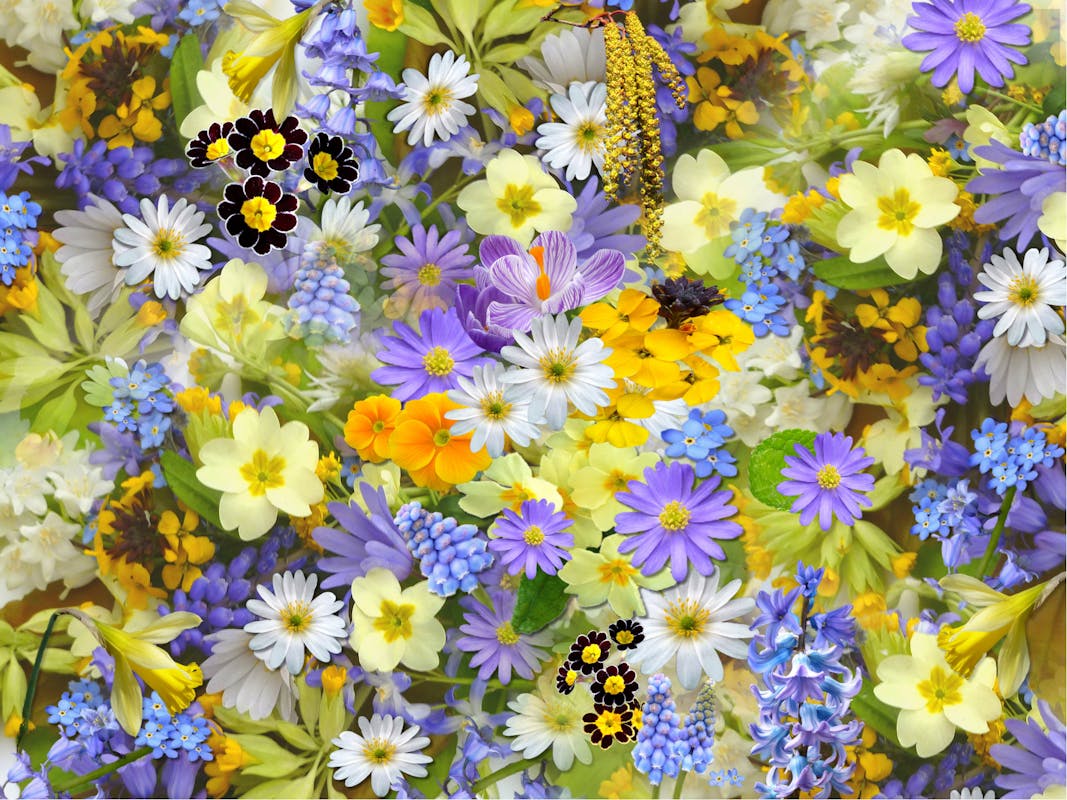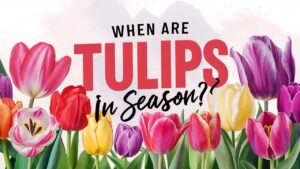Whether you’re looking to save money, propagate your favorite flowers, or simply enjoy a rewarding gardening experience, seed harvesting can be a fulfilling task. Here’s a comprehensive guide to help you successfully gather and store flower seeds.
Why Harvest Flower Seeds?
Cost-Effective Gardening: Purchasing seeds every season can add up, especially for popular varieties. By harvesting seeds from your existing plants, you can save money and ensure a steady supply of your favorite flowers.
Preservation of Varieties: Many gardeners enjoy cultivating heirloom varieties that may not be readily available in stores. Saving seeds allows you to preserve these unique plants for years to come.
Personal Satisfaction: There’s a certain joy in nurturing a plant from seed to flower. The process of harvesting seeds and replanting them creates a tangible connection to your garden.
When to Harvest Seeds
Timing is crucial when it comes to seed harvesting. Generally, seeds should be harvested once they are fully mature but before they drop to the ground or get eaten by wildlife. Signs that seeds are ready include:
Drying: Look for seed pods or heads that have turned brown and dry.
Color Change: Many seeds change color as they mature. For instance, green seed pods might turn brown or gray.
Ease of Removal: Seeds should be easily removable from the plant when they are ripe. If you have to tug hard to get them out, they likely need more time.
Steps for Harvesting Flower Seeds
1. Choose the Right Flowers
Not all flowers produce viable seeds. Some popular options for seed harvesting include:
Marigolds
Zinnias
Sunflowers
Pansies
Cosmos
Snapdragons
Make sure the varieties you choose are open-pollinated or heirloom types, as hybrids may not produce seeds that result in true-to-type plants.
2. Prepare Your Tools
Gather the necessary tools before you begin:
Sharp scissors or pruners
A paper bag or envelope for collecting seeds
A label and pen for marking seeds
A drying area (like a baking sheet or mesh tray)
3. Harvesting Process
Cut and Collect: Use scissors or pruners to clip the seed heads or pods. Be careful not to damage the plant if you’d like it to continue blooming.
Inspect: Check the collected seed heads for signs of pests or disease. Discard any that look compromised.
Drying: Place the seed heads or pods in a paper bag or on a baking sheet in a cool, dry place out of direct sunlight. Allow them to dry completely, which might take a week or two. This helps prepare them for storage.
4. Extracting Seeds
After the seed heads are thoroughly dried:
Crush Gently: For flowers like marigolds and zinnias, gently crush the seed heads to release the seeds. For pods, you may need to split them open.
Separate Seeds from Chaff: Use a fine sieve or your fingers to separate the seeds from any remaining plant material. This is an important step, as excess chaff can promote mold during storage.
5. Storing Seeds
Proper storage is essential to maintain seed viability:
Use A Stable Container: Store seeds in a cool, dark, and dry place. Glass jars, paper envelopes, or airtight containers work well. Avoid plastic bags, as they can trap moisture.
Labeling: Always label your containers with the flower type, date of harvest, and any other notes that might be helpful later.
Test for Viability: If you’re unsure about the viability of older seeds, you can conduct a germination test by placing a few seeds on a damp paper towel and watching for sprouting.
6. Replanting Your Seeds
When the time comes to sow your harvested seeds, remember:
Timing: Follow the specific germination timelines for each flower variety to ensure optimal planting times.
Soil Requirements: Prepare the soil according to the needs of the flower species to encourage healthy growth.
Watering and Care: Keep the soil moist and monitor your young plants as they start to grow.
Conclusion
Harvesting flower seeds can be a delightful and cost-effective part of gardening. With patience and care, you can enjoy a continuous cycle of blooming beauty year after year. By following this guide on when to harvest, how to extract seeds, and the best storage practices, you’re well on your way to becoming an expert in seed harvesting.





